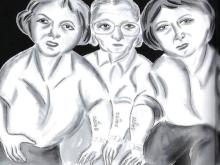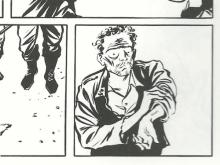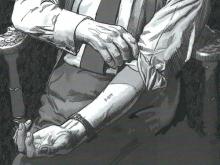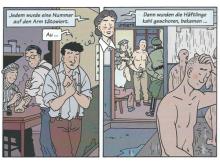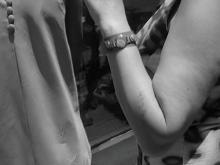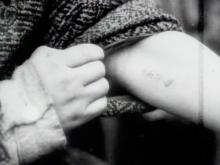Operation Thunderbolt
OPERATION THUNDERBOLT, Menahem Golan, Israel 1976
Menahem Golan’s OPERATION THUNDERBOLT (1976) is one of the first cinematic dramatizsations of the heroic Israeli rescue operation, in which special forces ended the kidnapping of the remaining Israeli and Jewish hostages at Entebbe airport in Uganda. Those were kept there by a group of German and Palestinian terrorists who had hijacked an Air France flight from Athens to Tel Aviv. OPERATION THUNDERBOLT retells the events from a primarily Israeli perspective. Active politicians who were involved in the situation that had unfolded in the summer of 1976, such as Itzchak Rabin and Shimon Peres participated in making the movie.
OPERATION THUNDERBOLT utilises a series of visual references to the Holocaust, especially in the first half of the film. This is foremost a reaction to the fact that the terrorists - among them two young German members of the terrorist group Red Cells - divided the hostages into a Jewish-Israeli and a non-Israeli group, which served as reminder of the selection process in Auschwitz.
In the first act of the movie, the female German terrorist attacks an Israeli passenger who is presented as a typified diaspora Jew (interestingly with visual references to Sephardic Jewish communities), and as a Holocaust survivor. When the man demands to go to the toilet, the woman orders him to raise his hands. A zoom-in focuses in close-up on the number tattooed on his arm. This combination of fast zoom-in and the number is repeated to emphasise the symbolic meaning of this indirect use of the Auschwitz footage showing the children and their Number Tattoos. Interestingly, Golan merges this allusive indirect use with another indirect use of a historic picture: the reenactment of the photograph of a young boy in the Warsaw Ghetto held at gunpoint by a German after being captured. The evocative notion of this indirect use is further emphasised by the typical German dialogue (“Schnell, schnell!”, meaning: "Fast, fast!") that is added to the scene.
